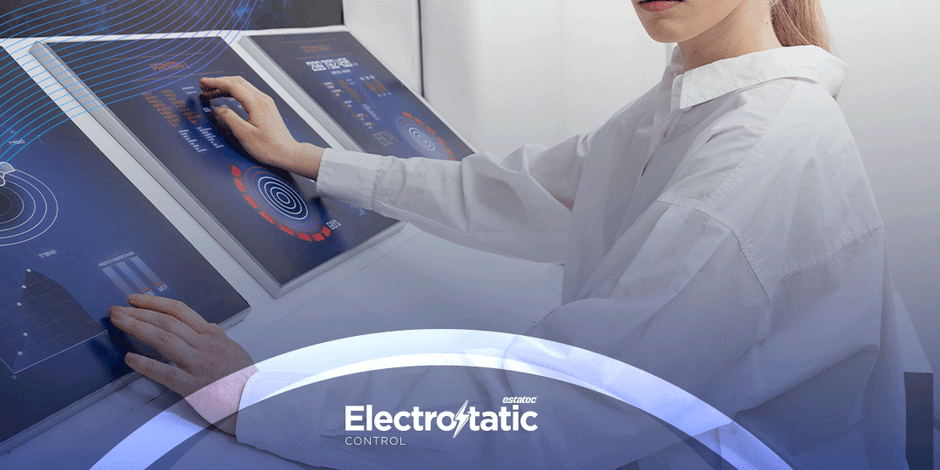In the realm of workplace safety, particularly in industries where electrostatic
discharge (ESD) can wreak havoc, a novel fusion of fashion and function is taking
center stage: ESD estaheels. These innovative shoes are not only revolutionizing
how we approach ESD protection but are also adding a much-needed touch of style to professional attire.
Electrostatic discharge is a sudden flow of electricity between two electrically
charged objects, often caused by contact. While a small static shock may seem
inconsequential, in sensitive environments like electronics manufacturing,
pharmaceuticals, and chemical industries, ESD can cause significant damage to
components, leading to costly repairs, downtime, and safety hazards. This has made ESD protection an essential aspect of workplace safety protocols.
Traditionally, ESD protection in footwear has been focused on functionality, with little regard for aesthetics. Workers found themselves compromising on style, donning clunky, unattractive shoes to comply with safety standards. However, the advent of ESD estaheels is changing this narrative, offering a blend of protection and panache.
ESD estaheels are specially designed footwear that incorporate materials and
construction techniques to prevent the build-up of static electricity. Unlike
conventional ESD shoes, estaheels are crafted with a keen eye on fashion, making
them suitable for professional settings where appearance is as important as safety.
These shoes typically feature conductive materials such as carbon or conductive
rubber in their soles, which dissipate static electricity safely to the ground.
Additionally, they are designed to be comfortable for long periods of wear, ensuring
that employees do not have to sacrifice comfort for safety.
The unique appeal of ESD estaheels lies in their ability to merge style with safety.
Designers have embraced the challenge of creating footwear that meets rigorous
ESD standards while also reflecting contemporary fashion trends. This has resulted
in a variety of styles, from sleek pumps to stylish loafers, catering to diverse
professional environments.
For instance, imagine an executive in a high-tech company who needs to maintain a polished appearance. Traditional ESD shoes might clash with a tailored suit or
professional dress. ESD estaheels, on the other hand, offer a sophisticated solution,
allowing professionals to adhere to safety regulations without compromising their
sartorial choices.
The introduction of fashionable ESD footwear has had a positive impact on
workplace morale. Employees who feel confident and stylish in their attire are
generally happier and more productive. This boost in morale can translate into a
more positive work environment, enhancing overall job satisfaction.
Moreover, the comfort factor cannot be overlooked. ESD estaheels are designed to
support long hours on the feet, which is a common scenario in many industrial and
manufacturing settings. Comfortable employees are less likely to experience fatigue
and discomfort, reducing the risk of workplace injuries and increasing productivity.
Several companies have already embraced ESD estaheels, recognizing their dual
benefits. For example, a leading electronics manufacturer in Silicon Valley recently
revamped its employee dress code to include estaheels as an option for office and
factory workers alike. Feedback from employees has been overwhelmingly positive,
with many appreciating the balance of safety and style.
In another instance, a pharmaceutical company noted a significant reduction in ESD- related incidents after introducing ESD estaheels for their laboratory staff. The
company also reported improved employee satisfaction scores, attributing this to the enhanced comfort and aesthetic appeal of the new footwear.
As industries continue to prioritize both safety and employee well-being, the demand for innovative solutions like ESD estaheels is expected to grow. Future
advancements may include further enhancements in materials and design, offering
even greater comfort and style without compromising on safety.
The integration of smart technologies, such as sensors that monitor ESD levels in
real-time, could also be on the horizon. These advancements would provide an
additional layer of safety, ensuring that ESD protection is maintained consistently
throughout the workday.









